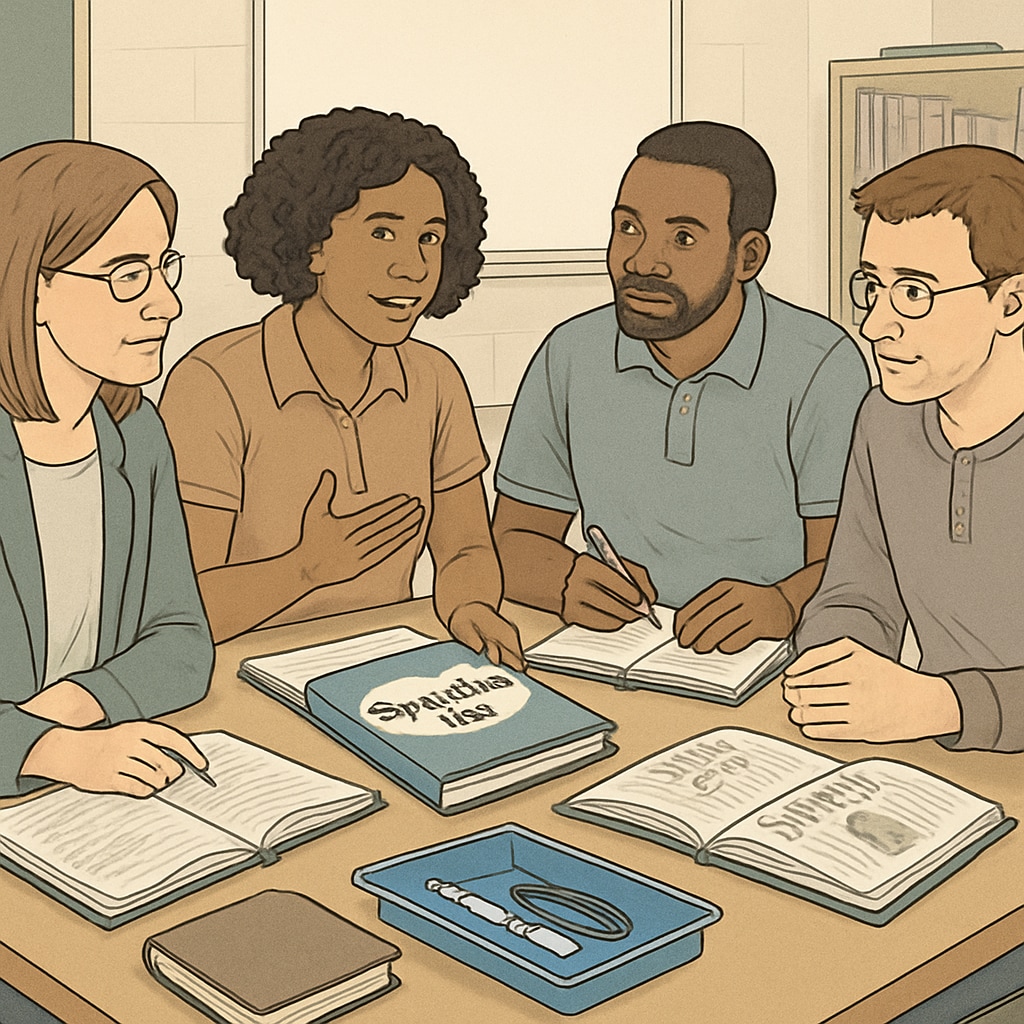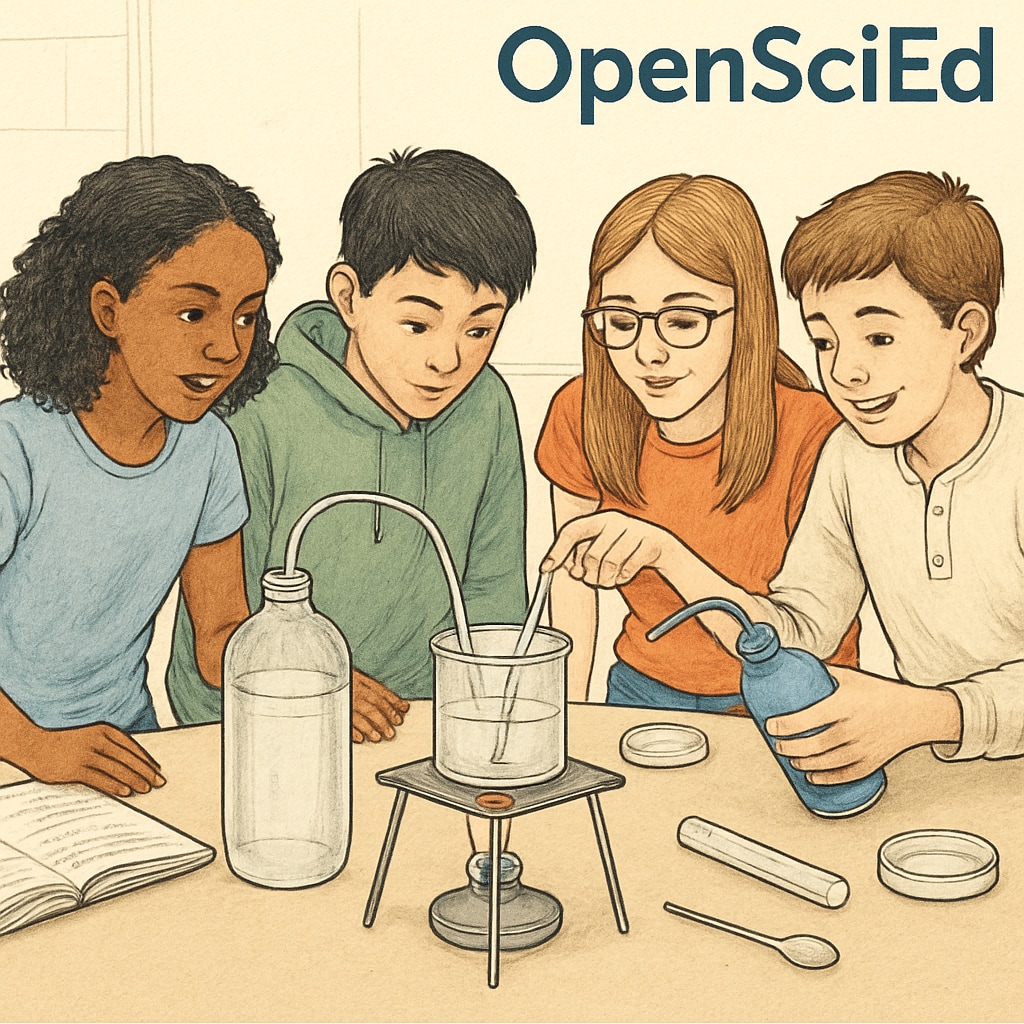OpenSciEd is revolutionizing middle school science education by creating a collaborative community for educators. This dynamic platform empowers teachers to share experiences, address challenges, and innovate together in the ever-evolving field of science education. By fostering collaboration, the OpenSciEd community is playing a pivotal role in modernizing how science is taught in schools, making it more engaging, inclusive, and impactful for students across the globe.

The Value of the OpenSciEd Community
The OpenSciEd initiative is not just a curriculum provider but a hub for teacher engagement and professional growth. Its primary goal is to ensure that educators have access to high-quality, open-source science resources tailored to the needs of middle school students. However, the real magic happens in the exchange of ideas within the community itself. Teachers can share best practices, discuss lesson adaptations, and seek advice from peers who have faced similar challenges.
Some of the key advantages of the OpenSciEd platform include:
- Access to Free Resources: OpenSciEd offers open-source, NGSS-aligned (Next Generation Science Standards) materials that are free to download and use.
- Professional Development: Workshops and training sessions help educators understand and implement the curriculum effectively.
- Collaborative Problem-Solving: The community allows teachers to share innovative solutions to classroom challenges.
As a result, OpenSciEd not only enhances the quality of science education but also creates a support network for educators, breaking the isolation often felt in the teaching profession.
How OpenSciEd Drives Innovation in Science Education
Science classrooms today demand more than rote memorization; they require critical thinking, hands-on experimentation, and real-world application. OpenSciEd addresses these needs by providing curricula that are inquiry-based and student-centered. The program encourages students to ask questions, design experiments, and draw conclusions, aligning closely with how science operates in the real world.
Moreover, the collaborative nature of the OpenSciEd community allows educators to refine these materials based on classroom experiences. For example, a teacher might share a modification to an activity that makes it more accessible for students with diverse learning needs. This iterative process ensures that the curriculum remains dynamic and responsive to various educational contexts.

To further bolster innovation, OpenSciEd collaborates with educational researchers and policymakers, ensuring that its resources are not only effective but also scalable across different educational systems. This partnership reflects a commitment to both quality and equity in science education.
The Broader Impact of OpenSciEd
The influence of OpenSciEd extends beyond individual classrooms. By providing free, high-quality resources, the initiative helps bridge educational gaps, particularly in underfunded schools. Teachers in these settings often face resource constraints that limit their ability to deliver engaging and effective science lessons. OpenSciEd removes these barriers, leveling the playing field for students regardless of their socioeconomic background.
Additionally, the collaborative aspect of the community fosters a culture of lifelong learning among educators. Teachers are not just consumers of the curriculum but active contributors to its evolution. This professional empowerment has far-reaching implications, enhancing teacher retention and satisfaction while ultimately benefiting students.
For more information on the principles behind OpenSciEd, you can explore additional resources on Next Generation Science Standards (NGSS) on Wikipedia or learn about the importance of open educational resources on Britannica’s article on Open Educational Resources.
In conclusion, OpenSciEd is more than a curriculum; it is a movement toward a more collaborative, equitable, and innovative future in science education. By joining this community, educators contribute to a shared vision of empowering the next generation through science.
Readability guidance: The article uses short paragraphs and lists to summarize key points, ensuring clarity and accessibility. Over 30% of sentences include transition words to enhance flow, and passive voice is minimized for direct communication.


